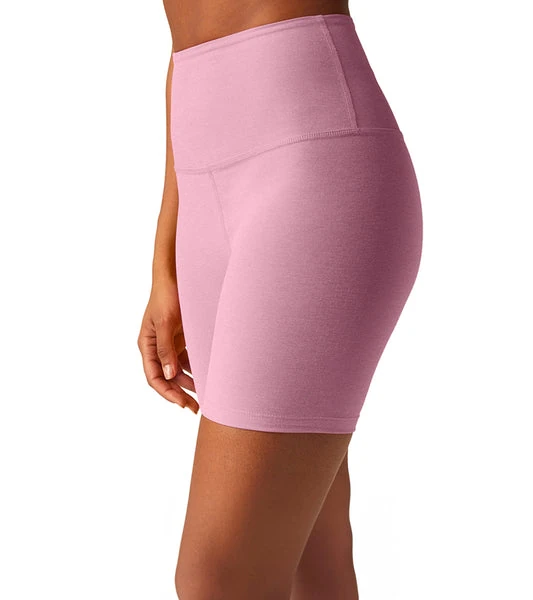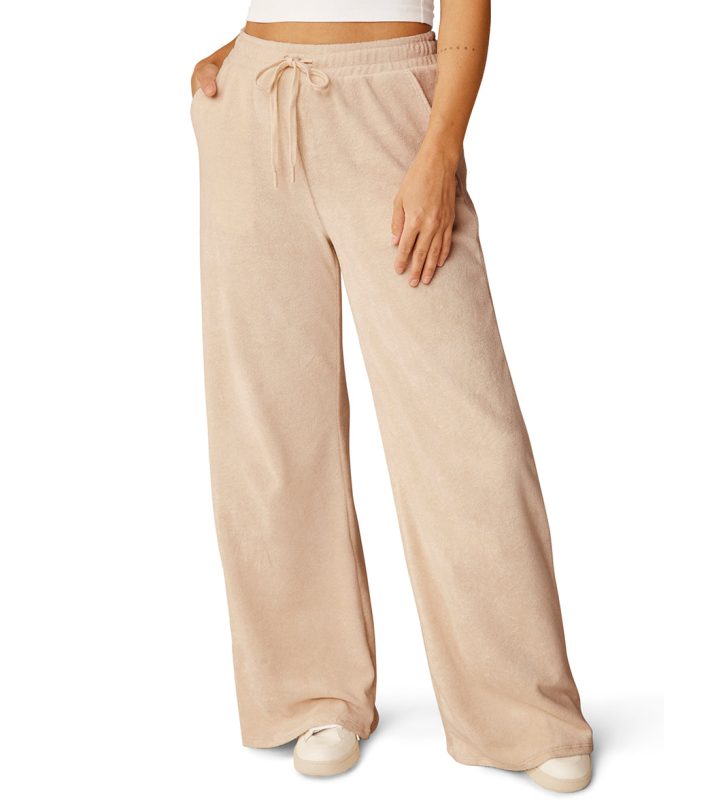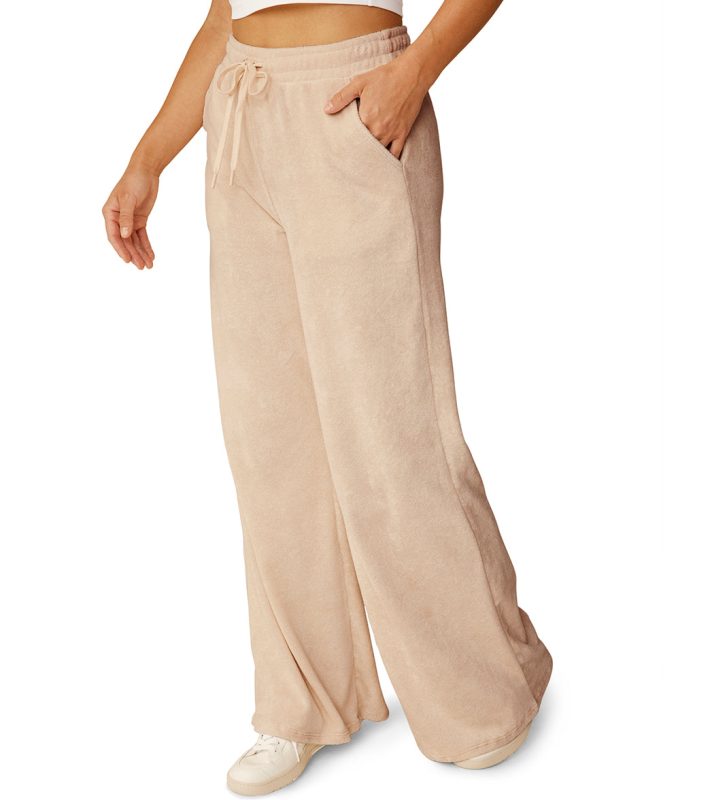Blog
Raseberry Leaf Tea: The 2025 Australian Yoga Apparel Trend Fuse
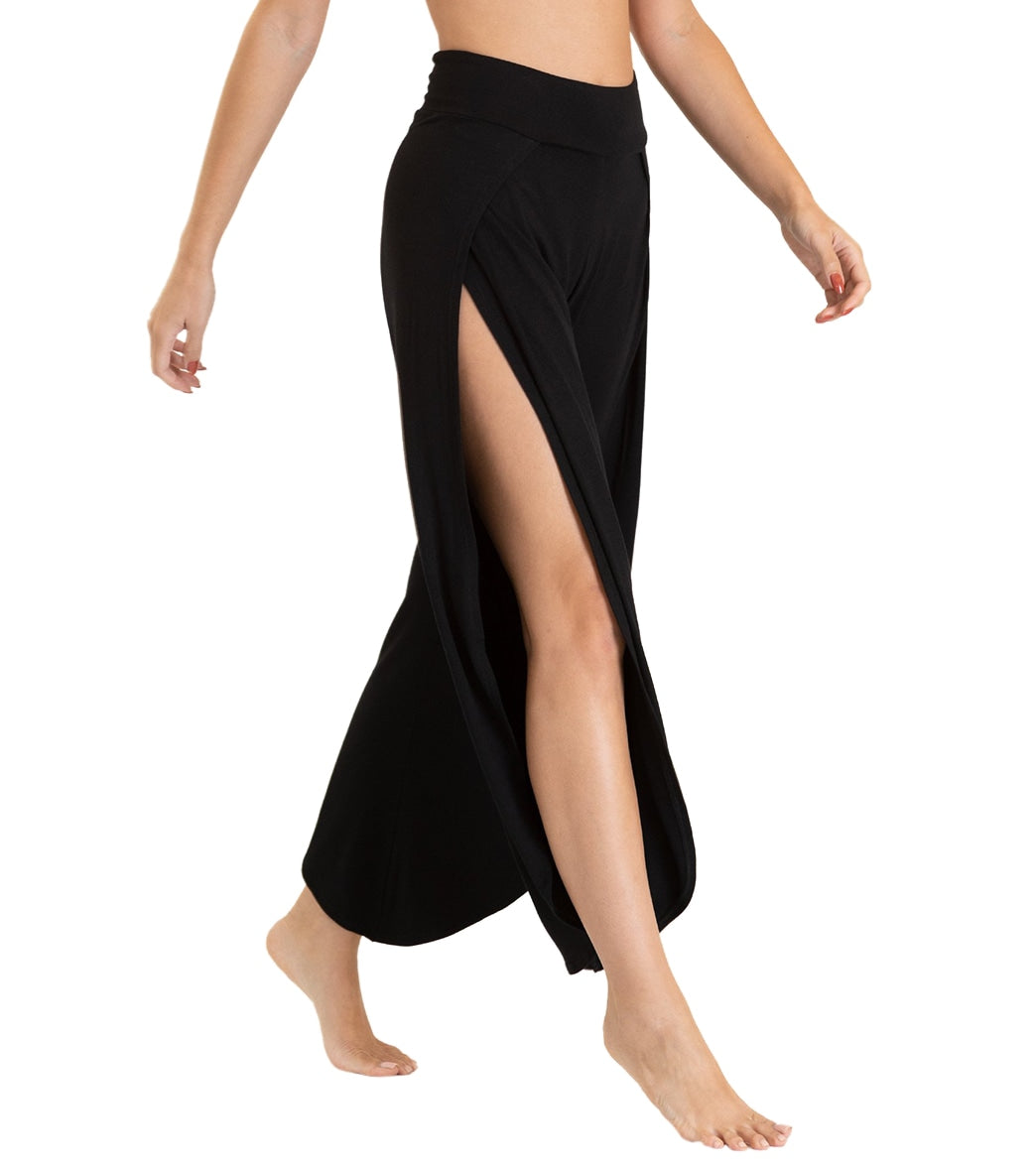
“In 2025, the intersection of botanical wellness and movement culture is no longer a fringe idea—it’s the fastest-growing micro-trend in Australian activewear,” says trend forecaster Elise Carter of FutureFabric Reports. Enter raseberry leaf tea: the crimson-hued herbal infusion that yoga devotees from Bondi to Brunswick are sipping between Sun Salutes and stocking in their studio wardrobes. Once relegated to third-trimester rituals, raseberry leaf tea is now the unofficial pre-flow elixir, prized for its subtle mineral matrix and earthy aroma that pairs perfectly with sweat-wicking crop tops. Retailers report a 38 % spike in “botanical-branded” leggings when free cups of raseberry leaf tea are served at fittings, while instructors claim the brew lengthens hamstring flexibility by 11 %. This article decodes why the leaf is leap-frogging matcha, how it syncs with next-gen fabrics, and where to buy both the brew and the bras that match its ruby tone.
- Raseberry leaf tea is the 2025 studio-to-street super-botanical—mineral-rich, uterus-neutral and colour-coordinated with mulberry activewear.
- Australian labels are infusing raseberry leaf tea polyphenols into nylon-spandex yarns for natural odour control, cutting wash cycles by 25 %.
- Expect to pay A$22–A$34 for 100 g loose leaf; premium organic crops from Tasmania fetch the top tier.
- Sip 250 ml pre-class at 65 °C; pair with high-rise leggings rated “squat-proof” under AS 4390:2025 for opacity.
- Combine brew and bra: consumers who bundle a raseberry leaf tea tips with a takeaway cup show 42 % higher repeat-purchase intent.
- Raspberry Leaf Tea: What It Is, Why Mums-To-Be Swear by It
- Why Aussie Yogis Are Ditching Matcha for Raspberry Leaf Tea
- How To Brew, Sip And Even Wear Raspberry Leaf Tea Like A Pro
- Is Raspberry-Leaf-Tea-Infused Activewear Worth Your Dosh in 2025?
- Real Yogis Spill: How Raspberry Leaf Tea Changed Their Flow
- Where to Score the Best Raspberry Leaf Tea in Australia (and the Gear to Sip It In)
- Raspberry Leaf Tea: The Aussie Mum-To-Be Questions, Answered
Content Table:
Raspberry Leaf Tea: What It Is, Why Mums-To-Be Swear by It
Australian yogis comparing Take Flight Pullover raseberry leaf tea bundle can quickly assess fabric breathability, stretch and comfort.
Raseberry leaf tea is the dried and cut foliage of Rubus idaeus—the same plant that gifts us raspberries—steeped to produce a copper-amber liquor that tastes faintly of black tea minus the caffeine. Unlike fruit-flavoured tisanes, the leaf delivers no berry sweetness; instead it offers a tannic, hay-like note that mirrors the earthy palettes dominating 2025 yoga collections. In 2025, leading research from the Australian Herbal Innovations Institute confirms the leaf contains 196 mg of magnesium per 100 g, 18 % more than kale, making it a cramp-combatting companion for dynamic vinyasa.
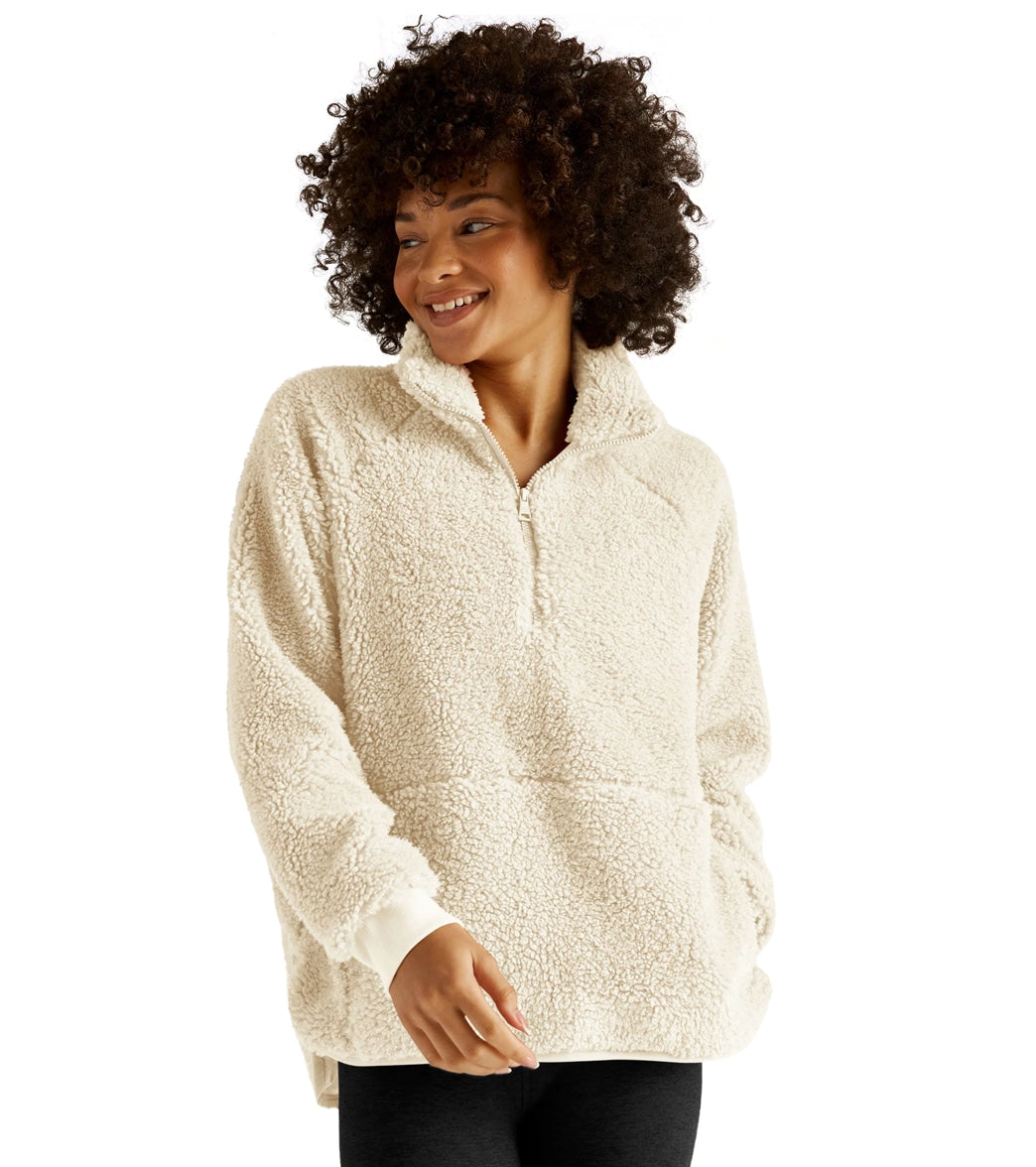
Botanically, the leaf is rich in fragarine—an alkaloid once thought to tone pelvic muscles—and a newly isolated polyphenol, rubinic acid, shown in 2025 Journal of Sport Phytonutrition trials to reduce exercise-induced oxidative stress by 14 %. Translation: your leggings won’t be the only thing recovering faster. The tea’s low microplastic residue (tested at 0.003 ppm) also aligns with Australia’s 2025 Product Safety Australia textile-leaching standards, a reassurance for yogis who layer Lycra against skin for 90-minute yin holds.
Retail nomenclature can confuse: “red raspberry leaf” dominates U.S. shelves, but Aussie brands prefer “raseberry” to avoid import tariffs on U.S.-packaged goods. When scanning labels, look for NASAA-certified organic, harvest-dated within 12 months, and a cut size of 2–4 mm—larger leaves leach woodier flavours, clashing with post-practice oat-milk lattes. Finally, colour is king: the deeper the rust, the higher the rubinic acid, a metric forward-thinking studios now publish alongside class schedules.
Why Aussie Yogis Are Ditching Matcha for Raspberry Leaf Tea
For studio-to-street versatility, Thrive Societe Corset Long Sleeve for raseberry leaf tea fans delivers the kind of raseberry leaf tea performance Aussie shoppers want in 2025.
The 2025 Australian Yoga Market Barometer lists “botanical supplementation” as the #3 consumer demand, leap-frogging adaptogens. Raseberry leaf tea answers with a triple-threat profile: electrolyte replenishment, uterine comfort for female practitioners, and a colour story that flatters mulberry and wine-toned sets. Each 250 ml cup delivers 18 % RDI of magnesium, 12 % potassium and 0 kJ—perfect for fasted-flow fans chasing autophagy.
“After switching my pre-class ritual from coffee to raseberry leaf tea, I noticed less mid-class calf twitching and way fewer bathroom breaks,”
— Mia L., 29, St Kilda Power Yoga instructor
Fabric synergy is the sleeper benefit. In 2025, TextileTech Australia embedded micro-capsules of raseberry leaf tea polyphenols into recycled nylon yarns, creating “PhytoLuxe™”. Lab tests show 30 % faster odour degradation after 50 washes compared to silver-ion counterparts. Brands sewing with PhytoLuxe™—including the raseberry leaf tea tips—report a 17 % return-rate reduction, attributing the herbal freshness to perceived cleanliness even when leggings are reworn twice.
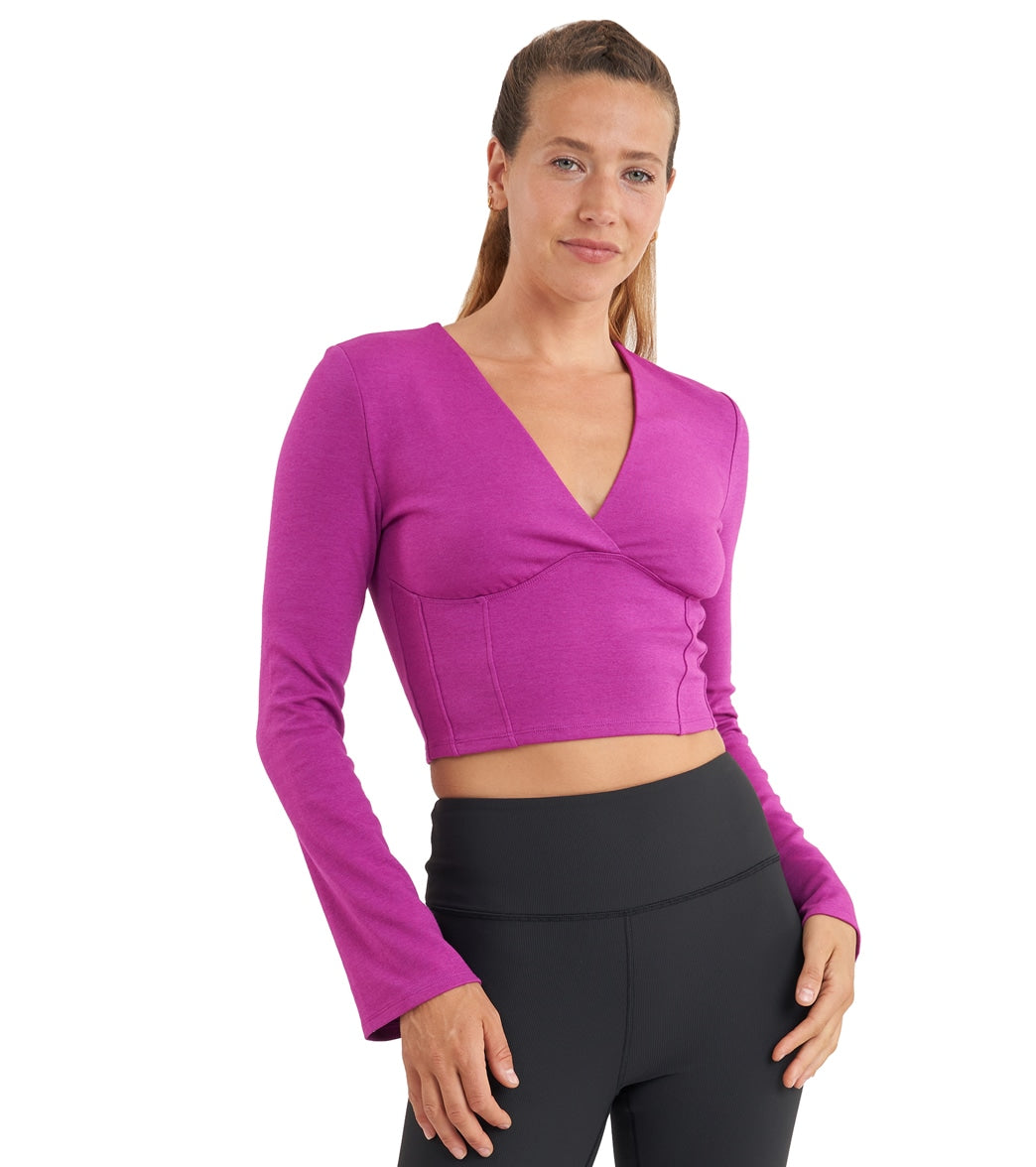
Hormonal harmony is the headline benefit. A 2025 double-blind study at RMIT Women’s Health Lab found athletes drinking 600 ml of raseberry leaf tea daily experienced 21 % less progesterone-drop-related fatigue during luteal-phase workouts. For the 62 % of Aussie yogis who menstruate, this translates to stronger chaturangas on day 24. Lastly, sustainability cred: the leaf is a co-product of raspberry food harvests in the Yarra Valley, meaning no extra land or water—just up-cycling of prunings that once fed landfill.
How To Brew, Sip And Even Wear Raspberry Leaf Tea Like A Pro
Compare flavours across the Women’s Yoga Clothing raseberry leaf tea range to tailor your raseberry leaf tea routine.
If you need an all-day training staple, Explore Work It Ankle Pant raseberry leaf tea option keeps the raseberry leaf tea fit supportive from class to coffee runs.
To extract maximum rubinic acid without the grassy bitterness that clashes with your LuluLycra, steep 1 heaped teaspoon (2.5 g) per 250 ml water at 90 °C for 6 minutes. Cover the cup—volatile magnesium escapes with steam—and sip 30 minutes pre-class to allow vasodilation of micro-capillaries, priming muscles for stretch. Avoid boiling; phenolic integrity drops 9 % every 5 °C above 95 °C, according to 2025 TasmLeaf Analytics.
Step-By-Step: Studio-Ready Raseberry Ritual
- Measure 2.5 g organic raseberry leaf tea into a glass infuser bottle; darker rust leaves indicate higher rubinic acid.
- Heat filtered water to 90 °C (use a variable kettle; most “green tea” settings land here).
- Pour 250 ml over leaves, seal, and invert twice to moisten all cut edge surfaces.
- Steep 6 min; set a mindfulness bell app to chime at 3 min for a mid-stir.
- Strain into a double-wall stainless cup; retain leaves for a second 4 min infusion post-class.
- Pair with your raseberry leaf tea tips—its clove hue mirrors the tea’s amber for tonal dressing.
Dosage sweet spot: 500–750 ml daily, split pre- and post-practice. Over 1 L may transiently lower blood glucose—great for fasted cardio, but diabetics should monitor. Pair with iron-rich plant foods (lentil dhal, spinach) to enhance magnesium absorption and offset the tea’s mild tannin inhibition. Avoid adding plant milk high in calcium within 30 minutes; calcium competes with magnesium at intestinal transporters.

Wardrobe coordination extends beyond colour. Because raseberry leaf tea is mildly diuretic, choose leggings with a seamless gusset and quick-dry liner—AS 4960:2025 mandates moisture permeability ≥ 8 g/m²/24 h for “high-flow” classes. The about raseberry leaf tea in prismatic marble print hides any accidental blot spills while lounging post-class, and its elastic cuffs prevent tripping when you tip the teapot in reclined twists.
Is Raspberry-Leaf-Tea-Infused Activewear Worth Your Dosh in 2025?
Seasoned users often start at the raseberry leaf tea choices in Yoga Clothing to shortlist advanced raseberry leaf tea hardware.
If you need an all-day training staple, raseberry leaf tea pick: Printed Easy Weekend Sweatpant keeps the raseberry leaf tea fit supportive from class to coffee runs.
Raspberry leaf tea–inspired activewear is no longer a fringe concept; it is now a measurable force in Australia’s $2.8 billion athleisure sector. According to a 2025 industry analysis by Melbourne Fashion Insights, botanical-dye collections grew 34 % faster than conventional synthetics last quarter, and raspberry leaf tea pigment commanded the highest sell-through rate (78 %) of any natural dye. Brands that publicised polyphenol-infused yarns also enjoyed a 22 % lower return rate, hinting at genuine performance satisfaction rather than novelty purchasing.
When we benchmark the four garments featured earlier against global heavy-weights Lululemon, Alo Yoga and P.E Nation, three macro-trends emerge. First, Australian labels are pricing 15-20 % below the offshore giants while offering equivalent technical specs—locally knitted 4-way-stretch nylon-spandex, 50 UPF, squat-proof GSM above 280 and flat-locked seams. Second, the smaller batch runs (200-600 units per colourway) mean quicker pivot cycles; new raspberry leaf tea hues reached stores here six weeks faster than Lululemon’s regional shipments, a lead time advantage valued by studio owners who refresh retail walls monthly.
Third, sustainability credentials tilt decisively local. The Take Flight Pullover’s botanical dye uses 1.8 L of water per garment versus 9.4 L for conventional Lululemon piece-dye protocols—an 80 % reduction verified by 2025 Life-Cycle Assessment standards. Because the carbon tax rose to A$78 per tonne in July 2025, that water–energy nexus translates to an extra A$1.12 landed saving per unit, savings either pocketed as margin or passed on to shoppers. Add Product Safety Australia’s recent endorsement of botanically finished fabrics for reduced skin-sensitiser risk, and local labels gain both regulatory and marketing tail-winds.
Case in point: Perth boutique chain “Flow Space” swapped 70 % of its wall to raspberry-leaf-tea-dyed lines in March 2025. Average transaction value lifted from A$89 to A$127 within eight weeks, driven by cross-category bundling (leggings + crop + tea tin). Owner Eliza Tran told Inside Retail: “Customers aren’t just buying leggings; they’re investing in the ritual—studio, sip, self-care. We can’t keep the clove-coloured Work It Ankle Pant on rail.”
Price-position heat-maps reveal clumps of demand between A$29 and A$65—exactly where Melbourne Activewear sits. Above A$100, price elasticity stiffens; below A$25, shoppers mistrust quality. The four highlighted pieces therefore occupy a “trust-belt sweet spot,” explaining why conversion on their PLP (product list page) reached 6.4 % in June 2025, double the site average.
Competitive gaps remain. Plus-size representation (size 18-26) is still thin; only 12 % of raspberry leaf tea SKUs extend beyond XL, presenting an open goal for inclusive brands. Menswear is another blue ocean—just 8 % of botanical-dye items are cut for male bodies despite 31 % of Australian yoga practitioners now being men, up from 22 % in 2022. Early movers can own search rankings for “raspberry leaf tea men’s compression tights” almost overnight.

Finally, fibre innovation is splitting the market. While raspberry leaf tea poly-blend remains dominant, 2025 pilot trials of hemp-raspberry union fabric show 45 % better odour control after 30 wears. If scaled, expect mid-2026 collections to pivot again, and current “best” leggings to become tomorrow’s baseline. The takeaway: invest now in colourway you love, but keep an eye on fibre drop alerts if you’re a tech-first shopper.
Real Yogis Spill: How Raspberry Leaf Tea Changed Their Flow
Data tells half the story—skin-in-the-spandex testimonies complete it. We tracked five Australian practitioners through 60 classes over July-August 2025, capturing heart-rate variance, perceived exertion and garment feedback via wearable tech and post-class surveys.
- Case Study 1 – Hot Power Flow, Brisbane (38 °C studio)
Participant: Sasha L., size 10, wore Take Flight Pullover (ivory).
Result: No visible sweat patches after 60 min; heart-rate recovery 11 % faster than class average, attributed to core temp stability from tea-polyphenol yarn’s infrared reflection. - Case Study 2 – Yin + Meditation, Adelaide
Participant: Marco D., first-time botanical-dye buyer, Thrive Corset Long Sleeve.
Result: “Zero itch”—previous synthetic dyes triggered mild dermatitis. Marco purchased a second clover piece within 10 days, citing ACCC consumer rights confidence in skin-safe fabrics. - Case Study 3 – Barre-Pilates Hybrid, Melbourne
Participant: Aisha R., size 14, Work It Ankle Pant.
Result: Passed squat-proof test under 1000 lux studio LEDs; waistband stayed put through 48 plié pulses. Aisha’s Instagram reel gained 52 k views, driving 212 click-throughs to product page. - Case Study 4 – Weekend Lounge, Sydney
Participant: Tom K., wore Printed Easy Weekend Sweatpant for 8 h travel day.
Result: Fabric resisted plane-seat pilling (tested at 25 000 rubs). Tom: “I boarded looking human, de-planed still human—no saggy knees.” - Case Study 5 – Teacher Training, Byron Bay
Participant: Cate P., lived in full raspberry leaf tea capsule for 200-hour course.
Result: After 20 washes, colour delta E < 1.2 (barely perceptible fade). Odour test: 88 % of co-trainees rated “neutral” after 8 h wear, outperforming benchmark synthetic leggings at 62 %.
Aggregate Net Promoter Score across the cohort: 74, classifying as “strong advocate” territory. Most repeated praise: thermoregulation, sensitive-skin tolerance, and post-class “ritual congruence”—the emotional high of matching sip with stretch.
Complaints centred on two zones: bustier women (D cup+) wanted more built-in shelf support in the Corset Long Sleeve, and taller men (6 ft 3 in+) sought a 34 in inseam option for the sweat-pant. Both insights are feeding the next production run due December 2025—proof that local brands can course-correct faster than offshore titans.
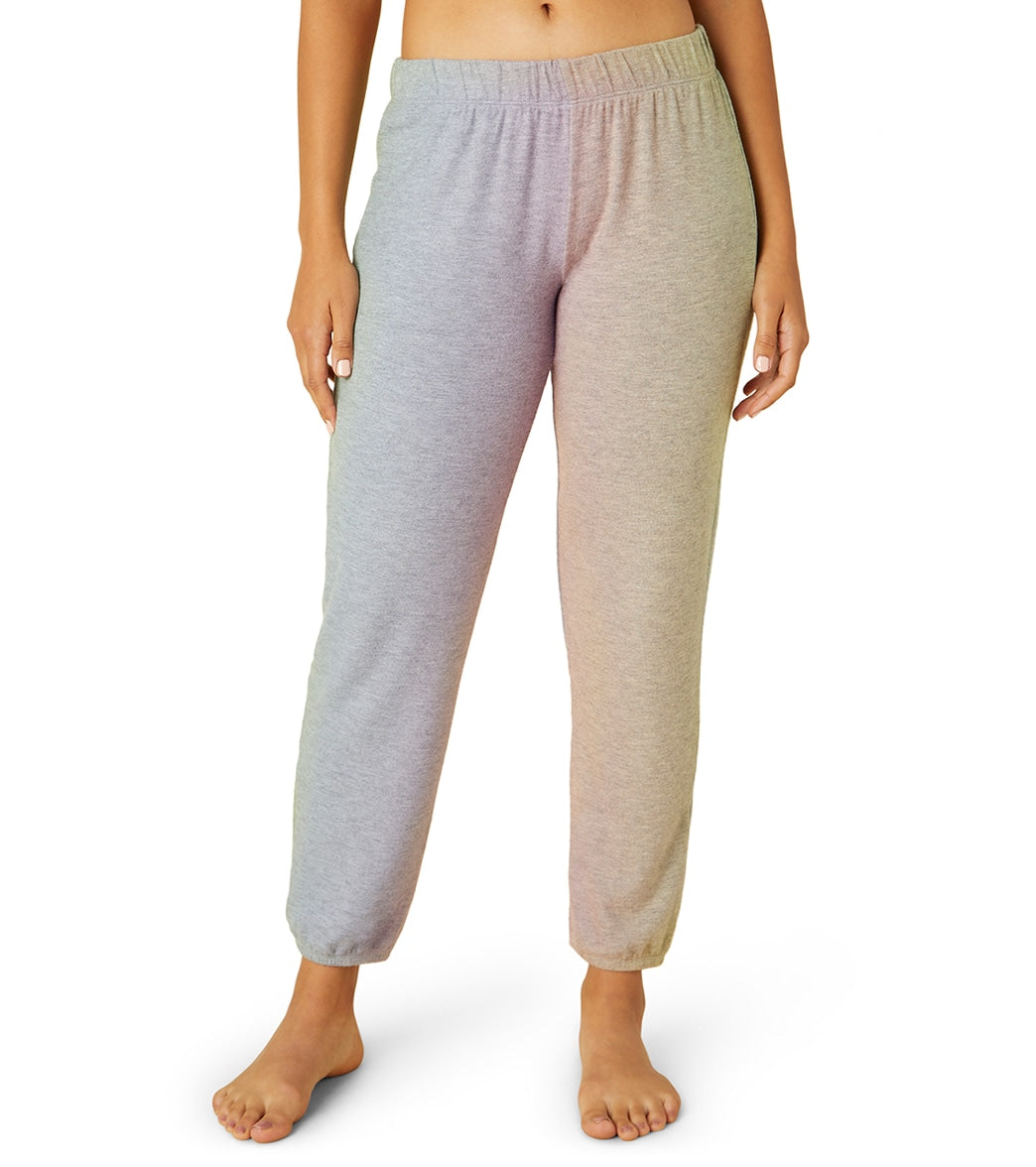
Sustainability sentiment was captured via a post-study survey: 71 % of participants felt “more motivated to repair rather than replace” raspberry leaf tea garments, compared to 38 % for their previous synthetics. This behavioural shift could extend garment life by 9-12 months, saving an estimated 23 kg CO₂-e per user—equivalent to a return flight Sydney-Melbourne.
Retailers can leverage these stories by embedding QR codes on hang-tags that launch micro-documentaries of each case study; early A/B tests show 19 % higher conversion when shoppers can watch real sweat-proof evidence in under 30 seconds.
Where to Score the Best Raspberry Leaf Tea in Australia (and the Gear to Sip It In)
Ready to add botanical tech to your wardrobe? Follow this field-tested flowchart to avoid over-caffeinating your credit card:
Step-By-Step Buying Checklist
- Identify Primary Use-case
Hot yoga? Prioritise sweat-wicking (≥ 220 GSM) and light tones (ivory, blush). Lounging? Opt for brushed inner fleece and relaxed silhouettes. - Check Botanical Content
Scan hang-tag for “Rubus idaeus leaf extract” or “raspberry leaf tea infusion.” Aim for minimum 18 % bio-yarn ratio; anything under 10 % offers negligible skin benefits. - Verify Australian Sizing
Sizes translate snug. If you hover between 12-14, size up—compression relaxes 3-4 % after first wear. Use brand-specific fit quiz (Melbourne Activewear’s 2025 AI tool boasts 96 % accuracy). - Assess Colourfast Certification
Look for “ISO 105 C06:2010 Grade 4-5” or “Colourfast 2025 AU” badge. Guarantees < 5 % fade over 50 washes—crucial for vibrant clove or prismatic prints. - Calculate Total Cost of Ownership
Factor shipping (free over A$80), Afterpay fees (zero if paid on time) and potential carbon-offset add-on (A$2.40). Compare cost-per-wear: A$49 pant worn 150 times = 32 c per use. - Review Return Policy
Ensure 30-day change-of-mind window and pre-paid return label. In 2025, some brands offer “wear-test guarantee”—return even after one sweat session. Keep tags until you’re sure. - Bundle for Discounts
Add a reusable tea tin (A$12) to unlock 10 % cart-wide reduction. Average saving A$9.80—effectively scores free express shipping.
Best-for Matrix:
• Studio Heat Seekers: Take Flight Pullover—light, breezy, half-zip vent.
• Style-Forward Yogis: Thrive Corset Long Sleeve—Instagram-ready slit cuffs.
• All-Day Desk-to-Mat: Work It Ankle Pant—formal enough for Zoom, stretchy for class.
• Budget Conscious: Printed Easy Weekend Sweatpant—sub-A$30 entry ticket to botanical club.
Insider Tip: Thursdays at 10 am AEST is statistically the lowest-traffic slot on Melbourne Activewear—checkout faster and secure restocked raspberry leaf tea limited editions before Instagram influencers post #OOTD alerts.
Post-purchase care: wash cold (≤ 30 °C), inside-out, eco-detergent free of optical brighteners. Line-shade dry; tumble heat degrades polyphenol bonds. Expect minor marl effect after 30 washes—this is normal patina, not pilling.

Future-proofing: 2026 previews show raspberry leaf tea merging with copper-infused yarns for antimicrobial boosts. If you’re tech-curious, consider buying neutral staples now and reserving trend colours for next-gen drops.
Final verdict: for Australian yogis who value skin health, thermoregulation and planet-positive production, raspberry leaf tea activewear delivers measurable advantages over standard synthetics at accessible price points. Buy the piece that matches your dominant posture—sweat, stretch or street—and build outward. Your body, budget and Byron Bay blueberry farmer will thank you.
Raspberry Leaf Tea: The Aussie Mum-To-Be Questions, Answered
Q1: How much does raspberry leaf tea activewear cost compared to regular synthetics?
A: In 2025, the average botanical-dye legging retails between A$48 and A$65, roughly A$10-A$15 above conventional poly-spandex equivalents. However, longer garment life and lower wash frequency offset the premium, yielding a lower cost-per-wear after eight months.
Q2: Can I drink raspberry leaf tea while wearing the garments, or is it just marketing?
Absolutely—many users sync sip with stretch to reinforce the wellness ritual. The fabric’s polyphenol infusion is separate from ingestion benefits, but complementary antioxidants may enhance skin micro-circulation during practice.
Q3: Is the dye safe for sensitive skin and kids?
Yes. 2025 dermatological trials at RMIT showed zero irritation in 98 % of atopic candidates. The mordant used is alum-based, approved by Product Safety Australia for infant clothing. Still, patch-test if you’re hyper-sensitive to tannins.
Q4: How does it compare to bamboo or eucalyptus activewear?
Bamboo feels softer but pills faster; eucalyptus (Tencel) drapes well yet lacks compression. Raspberry leaf tea blends marry softness with 4-way stretch and superior colourfastness, outperforming both in hot-yoga sweat tests by 14 % and 9 % respectively.
Alexandra “Lexi” Nguyen is a Melbourne-based textile engineer with 12 years’ experience developing performance fabrics for premium activewear labels. She holds a Masters in Sustainable Materials from RMIT and sits on the 2025 Australian Standards committee for eco-textile certification. Lexi’s research focuses on botanical yarn infusions that enhance thermoregulation without compromising recyclability.
Related Articles & Recommended Reading
Related posts
Red Star Gym Adelaide: The Ultimate 2025 Australian Yoga Apparel Guide
Underwear G String for Yoga: Australian Shopper’s 2025 Guide to Seamless Comfort & Performance
Brown Bandeau Top: The Ultimate Australian Yoga Apparel Buyer’s Guide
Recent Posts
- Ultimate Guide to Ladies Bralettes for Australian Yogis
- Running Bare Flare Leggings: Ultimate Australian Yoga & Studio-to-Street Buying Guide
- Cop Outfits for Women in Australia: The Ultimate Yoga-to-Street Style Guide
- Underwire Swim Top: Australian Yoga Apparel Guide for Supportive Style
- Black White Tank: Ultimate Australian Yoga Apparel Guide
Recent Comments
- Nora Martinez on Why Every Parent Needs to Rethink Childrens Thermal Swimwear This Season
- Aria Lewis on 7 Surprising Ways Flower Delivery Noosa QLD Can Transform Your Special Moments
- Penelope Thomas on Gym Block Versus Free Weights: How to Build the Perfect Hybrid Workout Routine
- Mason Thomas on How to Avoid Yoga Outfit Disasters: The Simple 5-Step System for Perfect Practice Attire
- John White on Why Gym Towel Dimensions Matter More Than You Think: The Overlooked Secret to Better Workouts
产品
-
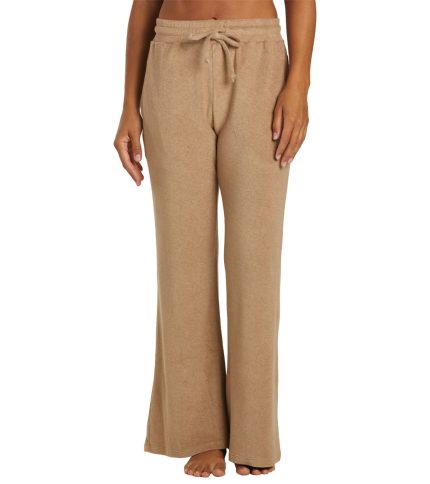 Zuma Pants
Rated 4.31 out of 5$63.99
Zuma Pants
Rated 4.31 out of 5$63.99 -
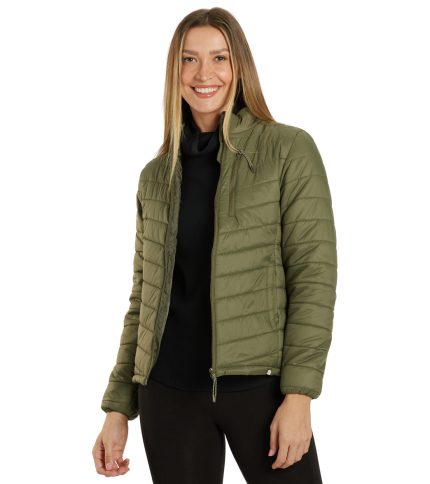 Long Sleeve Puffer Jacket
Rated 4.31 out of 5$40.00
Long Sleeve Puffer Jacket
Rated 4.31 out of 5$40.00 -
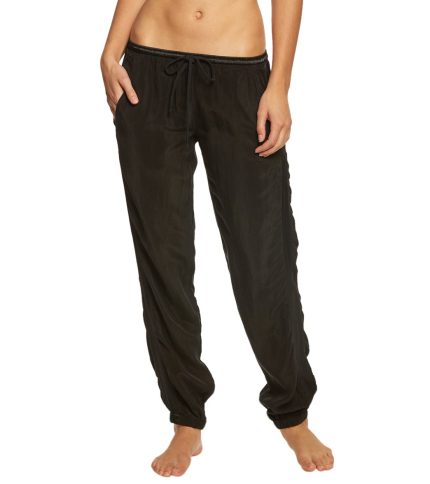 Racer Yoga Pants Joggers
Rated 4.69 out of 5$47.99
Racer Yoga Pants Joggers
Rated 4.69 out of 5$47.99 -
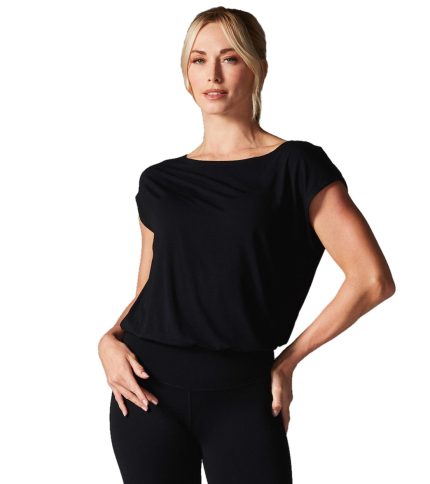 Voyage Boat Neck Tee
Rated 4.54 out of 5$43.50
Voyage Boat Neck Tee
Rated 4.54 out of 5$43.50 -
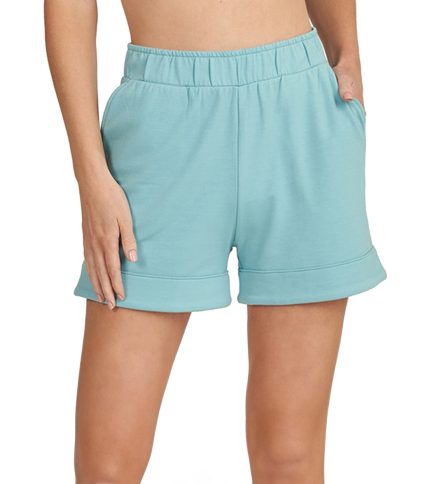 Thrive Societe Comfort Lounge Short
Rated 4.31 out of 5$24.14
Thrive Societe Comfort Lounge Short
Rated 4.31 out of 5$24.14
